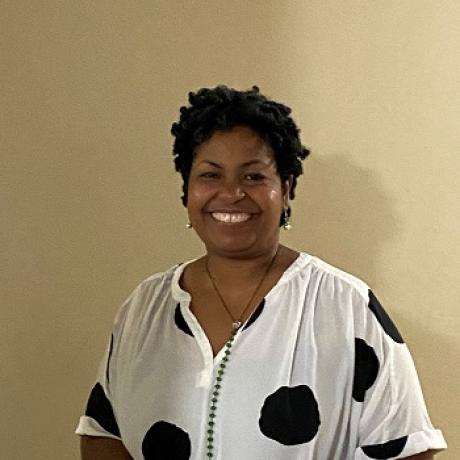Speakers
Tamika Eatmon
AmeriCorps NCCC
Assistant Program Director

Upcoming Events
Join us for this year's 2024 Flex Reverse Site Visit: Moving Flex Forward: Empowering Rural Health Through Evaluation and Storytelling in Washington, DC.
In part two of this webinar series, speakers will provide feedback on
participants’ content niche ideas and audience personas.
participants’ content niche ideas and audience personas.
This webinar will explore the distinctions of Medicare Advantage and its impact on rural health care organizations. Participants will learn about the fundamentals of this health plan, as well as the unique challenges Medicare Advantage can pose to patients and providers.
Using the 5Ws (who, what, when, where and why) framework, this two-part webinar
series will help communications professionals in rural hospitals or health systems who
would like to maximize the limited time and resources they have for social media.
series will help communications professionals in rural hospitals or health systems who
would like to maximize the limited time and resources they have for social media.
2024 Critical Access Hospital Board Training on Engagement, Leadership, and Population Health Training In-person workshop
This session will explore the importance of community partnership and collaboration, describe best practices in measuring and identifying barriers, and determine actionable next steps in addressing the social and structural vulnerabilities that hinder the path to healthier populations.




